When setting up an eCommerce business, one of the most important things to consider is how your customers will get their orders. You have two warehouse options to choose from – fulfillment centers and distribution centers.
A distribution center and a fulfillment center both store and ship product. So, the terms are often used interchangeably when talking about logistics and supply chain management.
However, depending on the circumstances, each term may refer to something different. So, it can be difficult to choose between a fulfillment center and a distribution center.
This guide explores the functions and purposes of fulfillment and distribution centers, so you can choose the best option for your business needs.
What Is the Difference Between a Distribution Center and a Fulfillment Center?
A fulfillment center is a third-party logistics (3PL) warehouse that receives, processes, and fills customer orders on behalf of eCommerce retailers. To manage inventory with a fulfillment center, you can either receive and review goods before sending them to the center or have the manufacturer send them to the center directly.
Fulfillment centers are an integral component of the supply chain as they ensure online orders reach customers in a timely and convenient manner. They help retailers store their products strategically, ensuring workers can quickly pick orders once a customer completes an online purchase.
Fulfillment centers send orders directly to customers’ doorsteps and can process high volumes of goods for both B2C and B2B customers. Some popular fulfillment centers include Amazon Fulfillment Center, FulfillmentCompanies.net and FedEx Fulfillment.
With fulfillment centers, it’s important to streamline optimization, planning, and communication with carriers to prevent the delay of packages. Truck drivers and warehouse workers need to coordinate on getting packages out on a timely schedule.
What Is a Distribution Center?
The distribution center definition, according to Business Dictionary, is a facility used for receiving, temporary storage, and distribution of goods according to orders as they’re received.
Distribution centers are an integral component of the distribution chain for products, order fulfillment, and produced goods before their shipment to wholesale or retail customers. They serve as a bridge between suppliers and their customers.
They’re customer-centric, serving retail stores directly. Suppliers usually ship products to these centers, which serve specific retail locations. If you order a product from Walmart online, for example, and choose to pick it up in-store, the nearest center will ensure you get your order.
These centers are a key part of the order process and managing them is often complicated since they store a high number of products. To ensure efficiency in order processing, these centers often use the latest technology. Some centers also have warehouse management systems (WMS) and transportation management systems (TMS).
What Distinguishes a Warehouse from a Distribution Center?
Many people use the terms “warehouse” and “distribution center” interchangeably. Both involve receiving, storing, managing, picking, and shipping goods. However, there are some differences between a warehouse and a distribution center:
- A warehouse is only used for storing products. In addition to storing products, a distribution center also offers value-added services such as product mixing, packaging, cross-docking, and order fulfillment.
- Distribution centers typically serve B2B customers. A warehouse, on the other hand, serves B2B customers but can also handle some B2C customers.
- A distribution center stores goods for relatively shorter durations compared to a warehouse. Thus, the flow velocity through a center is much higher compared to the flow velocity through a warehouse.
- Distribution center operations are more complex than those of a warehouse. Consequently, distribution centers are equipped with advanced technologies for processes such as order processing, transportation management, and warehouse management.
- Distribution centers are customer-centric and are the bridge between suppliers and their customers. The role of a warehouse is to ensure efficient storage of products, while the role of distribution centers is to ensure efficient satisfaction of customer needs.
- Retail and warehouse orders are normally shipped from a distribution center, not a warehouse. Unlike distribution centers, warehouses normally don’t serve external customers.
When it comes to choosing between a distribution center vs a warehouse, there’s no definite rule on which is the best for your business. It depends on the specific needs of your business.
One of the major considerations you’ll need to make is short-term vs long-term storage. Nonetheless, the best way to decide which is best for you is to review the pros and cons of each.
What Does a Fulfillment Center Do?
In addition to storing inventory for businesses, a fulfillment center also serves several other purposes. A fulfillment center generally stores goods for short periods before shipping them to customers. These centers work with eCommerce companies, retailers, corporations, and other business entities to fulfill B2C and B2B orders.
Fulfillment centers ensure that customers who place orders receive their products in a timely manner. The primary aim of fulfillment services is to get the goods out to the customers as soon as possible. Hence, inventory doesn’t sit in a fulfillment center for as long of a period of time as is the case with warehouses.
Retail orders are often shipped from fulfillment centers rather than from warehouses. You can store your extra products in a warehouse. However, to get them to the customer as quickly as possible, you can transport a portion of your inventory from the warehouse to a fulfillment center, which will send orders to customers.
Fulfillment centers are usually a hive of activities, working around the clock to process, pack, and send orders to customers. They also receive inventory shipments, have people collecting items, packing up boxes, labeling customer orders, shipping out fulfilled orders, and handling returns.
To handle every fulfillment process efficiently, fulfillment centers have invested in cutting-edge technologies for managing inventory, processing orders, organizing transportation, and similar tasks. If you don’t have the resources to store, package, and ship orders efficiently, fulfillment centers are an ideal solution for you.
Fulfillment Center vs Distribution Center: Which Is Better?
Now that you know what are distribution centers and what are fulfillment centers, you can choose which is best suited for your business. Let’s look at the pros and cons of each, so you can make an even more informed decision.
Pros and Cons of a Fulfillment Center
The Pros
- Delivers goods directly to the customers
- Frees up warehouse space that your inventory occupies
- Located close to customers for faster shipping
- Trained workers receive and handle your store inventory
- Can pick and pack goods on your behalf
- Normally offers kitting services
- Normally labels shipments and may also offer custom packaging
- Manages returns and offers reverse logistics services
- By outsourcing center fulfillment services, you can focus on your business’s growth
- Automation ensures transparency in every step of the fulfillment process and in the overall supply chain
- Some centers have a customer service division that you can use
The Cons
- Always has limited storage space available
- Only stores products on a short-term basis
- Doesn’t offer bulk shipping for large amounts of goods
- Storing unsold inventory is often more expensive
- More expensive compared to distribution centers because of location and value-added services
Pros and Cons of a Distribution Center
The Pros
- Delivers large quantities of products from business to business
- Enough warehouse space to store large quantities of your store inventory at once
- Can store products on a long-term basis at competitive costs
- Allows you to position more inventory closer to your target market
- Generally cheaper compared to fulfillment centers
- Best suited for products that don’t require finishing or individual packaging
The Cons
- Ship orders less frequently, since they often ship goods in bulk
- Goods delivered on pallets, and hence not packaged at the center
- Shipments usually take longer, as the centers are located further from target markets
- Less ability to interact directly with your customers
- Fewer services available compared to a fulfillment center
Contact Aero for Reliable Warehousing and Fulfillment Services
Fulfillment and distribution centers are essential parts of today’s eCommerce logistics. Many people believe that the terms are interchangeable, but they actually differ considerably and each serves a specific set of business needs.
Generally, if you run a small business that doesn’t have its own customer service division and depends on delivering products directly to customers, fulfillment center services may be an ideal option for you. Conversely, if you’re a larger business that needs to ship goods in bulk, you might want to work with a distribution center.
Regardless of your decision, be sure to choose a logistics provider you can trust to ship orders on time, help you build customer loyalty, and grow with your business. That’s where Aero Fulfillment comes in.
At Aero, we take pride in helping small- to medium-sized businesses achieve their full potential by offering them top-notch center fulfillment services.
See if Aero Fulfillment Services is the right fit for you by taking this 1-minute survey.

